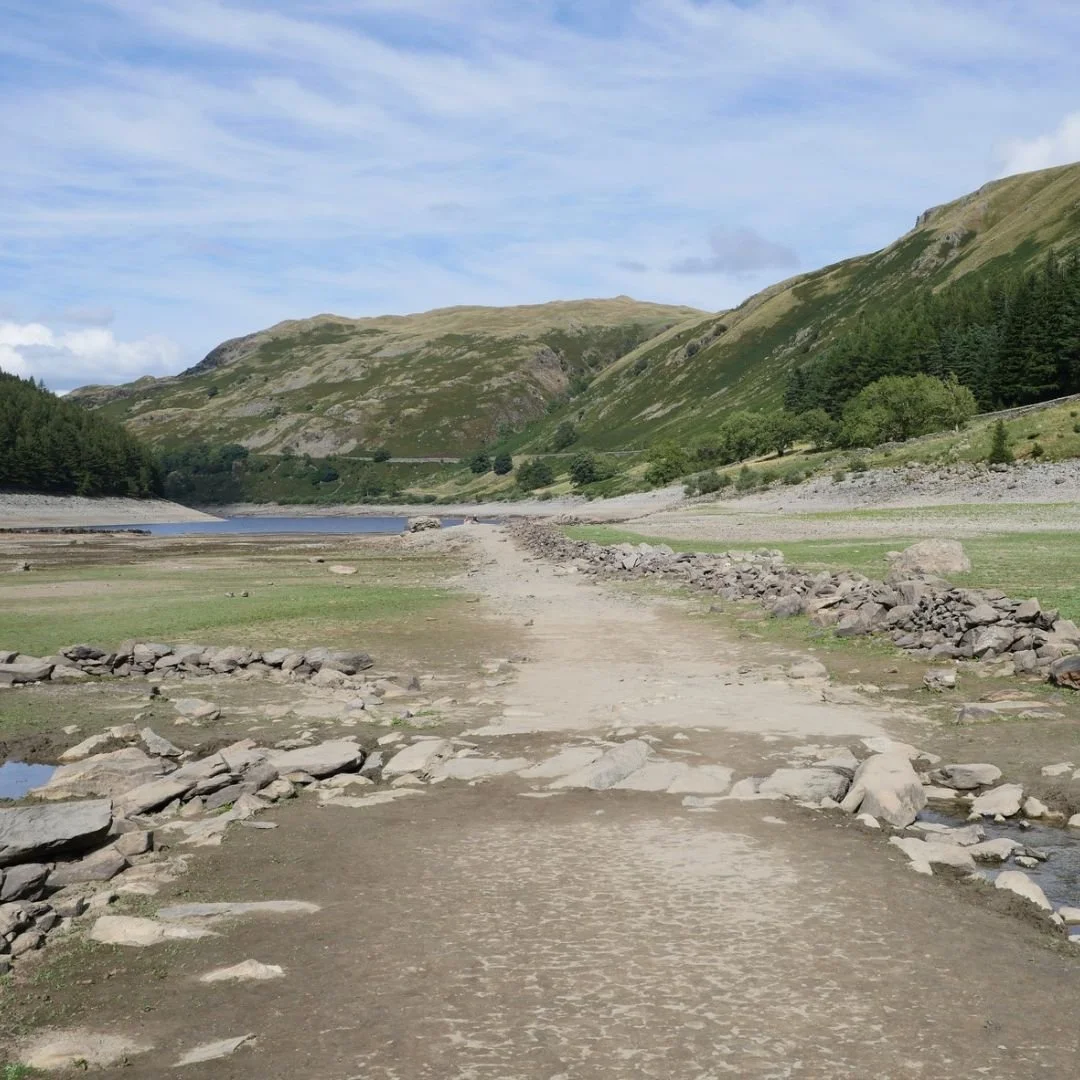Roman Road Discovered In Northumberland
Remains of a Roman road which pre-dates Hadrian's Wall was previously uncovered in Northumberland.
The remarkable find was found by Northumbrian Water during the start of a £55,000 investment scheme at Stanegate Roman Road, Hexham.
They are thought to be from the road's foundations and built by Agricola or his successors about AD80.
However, no evidence of its exact date was found.
Philippa Hunter is from Archaeological Research Services Ltd, which worked on the site.
She said: "While monitoring the excavation pit, our archaeologist identified a deposit of compacted cobbles thought to be the remains of the Roman road's foundations."
The route was constructed using "rounded cobbles" set in a layer which measured around 15cm (6in) deep, with around 25cm of gravel surfacing laid on top.
"Unfortunately no dating evidence or finds have been recovered to confirm the precise date of the archaeological remains," Ms Hunter added.
"However, given the location of the cobbles along the projected route of the Roman road and its depth below the modern road surface, we are confident the remains identified form an important part of the early northern Roman frontier."
It has been reported that this road pre-dates the famous Hadrian's Wall, the north-west frontier of the Roman empire for nearly 300 years.
It was built by the Roman army on the orders of the emperor Hadrian following his visit to Britain in AD 122.
The three legions of regular, trained troops in Britain, each consisting of about 5,000 heavily armed infantrymen, provided the main body of men building the Wall, but they were assisted by the auxiliary units.
At 73 miles (80 Roman miles) long, it crossed northern Britain from Wallsend on the River Tyne in the east to Bowness-on-Solway in the west.
The most famous of all the frontiers of the Roman empire, Hadrian’s Wall was made a World Heritage Site in 1987.
Fascinating forts holding secrets of the Roman Empire are scattered across Northumberland’s countryside.
Roman Baths sit on the banks of the North Tyne and ruinous remnants of a once bustling Roman Town remain in Corbridge.
Roman Roads in Britain were initially designed for military use, created by the Roman army during the nearly four centuries (AD 43–410) that Britain was a province of the Roman Empire.
It is estimated that about 2,000 mi of paved roads were constructed and maintained throughout the province.
Most of the known network was complete by 180.
The primary function of the network was to allow rapid movement of troops and military supplies, but it subsequently provided vital infrastructure for commerce, trade and the transportation of goods.
Roman roads were of several kinds, ranging from small local roads to broad, long-distance highways built to connect cities, major towns and military bases.
These major roads were often stone-paved and metaled, cambered for drainage, and were flanked by footpaths, bridleways and drainage ditches.
They were laid along accurately surveyed courses, and some were cut through hills, or conducted over rivers and ravines on bridgework.
Horse-drawn carts could travel up to 25 to 31 miles per day, compared to pedestrians which were 12 to 16 miles per day.
For purposes of description, Roman vehicles can be divided into the car, the coach, and the cart.
Cars were used to transport one or two individuals, coaches were used to transport parties, and carts to transport cargo.
Of the cars, the most popular was the carrus, a standard chariot form descending to the Romans from a greater antiquity.
If you enjoyed this blog post, please follow Exploring GB on Facebook for daily travel content and inspiration.
Don’t forget to check out our latest blog posts below!
Thank you for visiting Exploring GB.



















